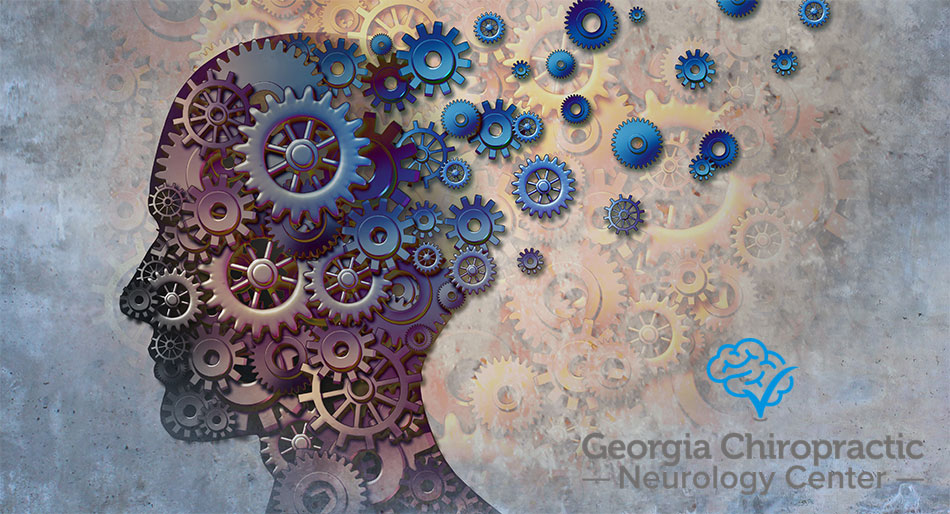
Dysautonomia can cause brain fog, Postural Orthostatic Tachycardial Syndrome (POTS), dizziness, pain, cold extremities, sweating, digestive issues, anxiety, sleep issues, digestive issues, heart rate instability, difficulty breathing, ringing in the ears, and much more.
In neurology the nervous system is divided into three categories:
- the motor system
- sensory system
- the autonomic nervous system.
Your motor system allows you to do activities like moving your limbs, speaking, and thinking. Your sensory system takes in information from your world and lets you perceive things like hot/cold or touch. Your autonomic nervous system is a supportive system that controls blood flow delivery through heart rate, blood pressure, and vascular constriction. It also controls many other functions such as respiration and digestion. However, even though we are taught the functions and anatomy of these systems as separate systems they are all just one nervous system. They must work together to create an environment that is maintaining homeostasis.
Homeostasis is where all of the processes and functions are balanced and creating an ideal environment.
If one of the systems begins to dysfunction there will be a shift in homeostasis of the nervous system and if the shift is great enough a person will present with symptoms. There are certain signs and symptoms that a person will present with when a certain part of the nervous system begins to dysfunction.
- Learn more about our Atlanta Neurological Treatments
If someone has a dysfunctioning autonomic nervous system we can see almost any symptom
The reason for this is because the autonomic nervous system supplies blood flow to the brain and all the tissues of the body. Blood carries oxygen and nutrients that every cell in the body needs to function appropriately. If the neurons in the brain are not receiving proper blood flow they will begin to dysfunction and symptoms will arise. The area of the brain that is most affected varies for each individual.
If the frontal lobe is most affected then the person may have:
- brain fog
- attention deficits
- trouble making decisions
- emotional control issues
- many other symptoms
If the parietal lobe is most affected then the person may have abnormal sensations throughout their body or difficulty with spatial awareness. If the temporal lobe is most affected then the person may have memory difficulties, ringing in the ears, or visual/smell/auditory hallucinations. If the cerebellum is most affected the person may have balance issues or coordination issues. If the brainstem is affected the person may have ringing in the ears, difficulty controlling heart rate, dizziness, anxiety, difficulty breathing, abnormal digestion, problems with sleeping, and difficulties staying awake.
There are certain specific autonomic functions we can observe as a window into the autonomic nervous system at the bedside
- pupillary control
- cold hands and feet
- discoloration in hands and feet
- blood perfusion in hands and feet
- increased sweating
- heart rate
- respiration rate
- eye lid muscle tone
These are some of the body functions we look at to monitor the integrity of the autonomic nervous system at any given moment.
The autonomic nervous system must be functioning appropriately for the brain and body to work properly.
It is a crucial system and other systems will begin to dysfunction if it dysfunctions
The autonomic nervous system begins in your limbic system in a part of your brain called the hypothalamus. The hypothalamus receives projections from many areas of your brain like your frontal lobes and brainstem. If a person is having symptoms of a dysfunctioning autonomic nervous system we can therapies to the frontal lobes or brainstem that will stimulate the hypothalamus and allow it to become stable.
Therapies include:
- Neuro Sensorimotor Integrator
- Virtual Reality
- Pulsed Electromagnetic Frequency
- Interactive Metronome
- eye movement exercises
- vestibular exercises
- non-invasive nerve stimulation, and many others
The therapies utilized in your treatment plan are specific to each individual and based off of your exam findings and goals of care. As therapies are performed autonomic findings are monitored throughout care. As the autonomic findings improve your brain function is improving and your symptoms resolve.
